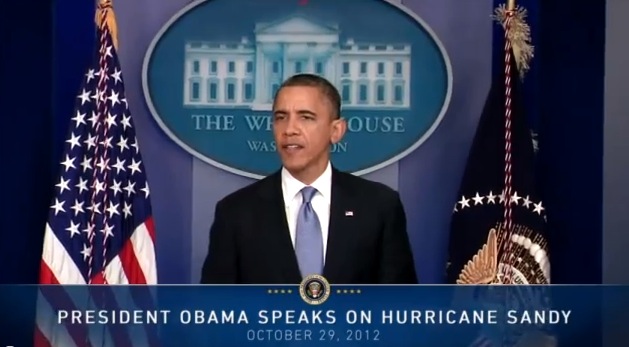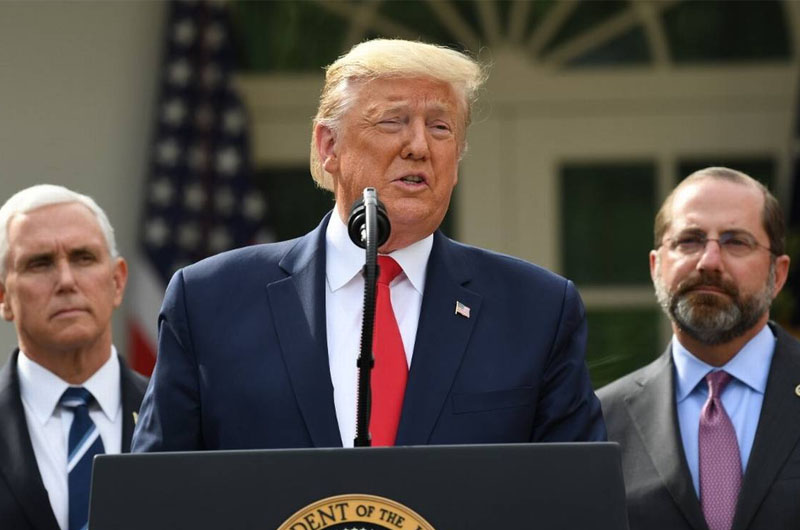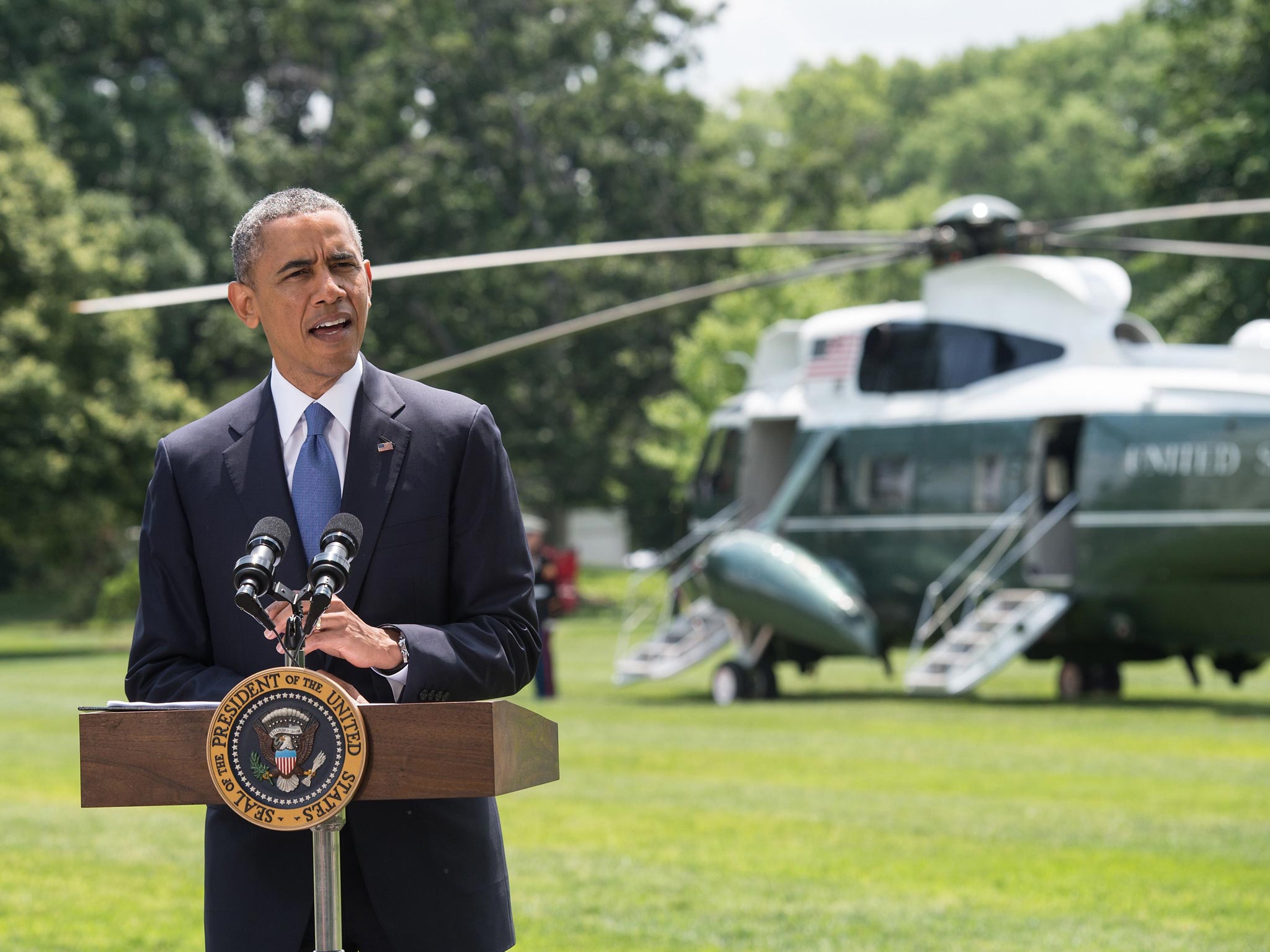

military reservists despite worries that federal action might prompt an even larger strike. “A wall that Mexico was supposed to build, that’s been debated for a couple of years, and there’s finally a bipartisan bill to provide border security – Donald Trump signs the bill and says, ‘I still want another $6 billion.'” Brinkley says. He declared a national emergency and called in U.S. “The question is, is this a good precedent? It’s not: Can Donald Trump do this? but: Will it survive the court process?” Brinkley says.Ĭourt challenges to Trump’s action will likely be based on the fact that Congress has acted to provide border-security funding, and that the legislative body has “the power of the purse” under the Constitution, Brinkley says. In the current case, he says, the need for a national emergency is much more politically controversial. Though it predates the National Emergencies Act, Brinkley says another controversial use of presidential emergency powers came in 1952 when President Harry Truman seized the nation’s steel mills, attempting to avert a strike. state government as then-president of the Indian National Congress. In 1976, Congress passed the National Emergencies Act, codifyingwithout truly restrictingthis authority. Usually there’s a bipartisan spirit, whether it’s George W. Indira Priyadarshini Gandhi was an Indian politician and stateswoman who served as the third. President Harry Truman first declared a state of emergency during the Korean War, in an order that remained in effect until Congress attempted to regulate this authority years later, according to the Lawfare Institute. “If we need to do something immediately in Yemen or Syria, Ukraine. “They’re used usually in a foreign policy context,” Brinkley says.

Kennedy and the Great Space Race.” He says presidents have declared emergencies on several-dozen occasions. On January 20, 2021, Biden halted the construction of the U.S.Mexico barrier and ended a related national emergency declared by Trump in February 2018.

It was intended to give the president authority to act when Congress had not had the opportunity to do so.ĭouglas Brinkley is a presidential historian, professor at Rice University and author of the forthcoming book “American Moonshot: John F. President Gerald Ford signed off on the National Emergencies Act ( NEA ), federal legislation that ended all previous national states of emergency and formalized the process by which. The National Emergencies Act has been in effect since 1976. A few weeks ago, University of Texas law professor Stephen Vladeck told Texas Standard that Congress has given the president the power to declare an emergency “for just about anything he thinks is appropriate.” Presidential historian, Robert Dallek stated, The Oval Office invokes. In the wake of President Donald Trump’s declaration of a national emergency on the southern border, many may wonder how and when past chief executives have used this power, and what it allows them to do. An Address to the Nation is a type of speech made from a head of state or head of government.


 0 kommentar(er)
0 kommentar(er)
